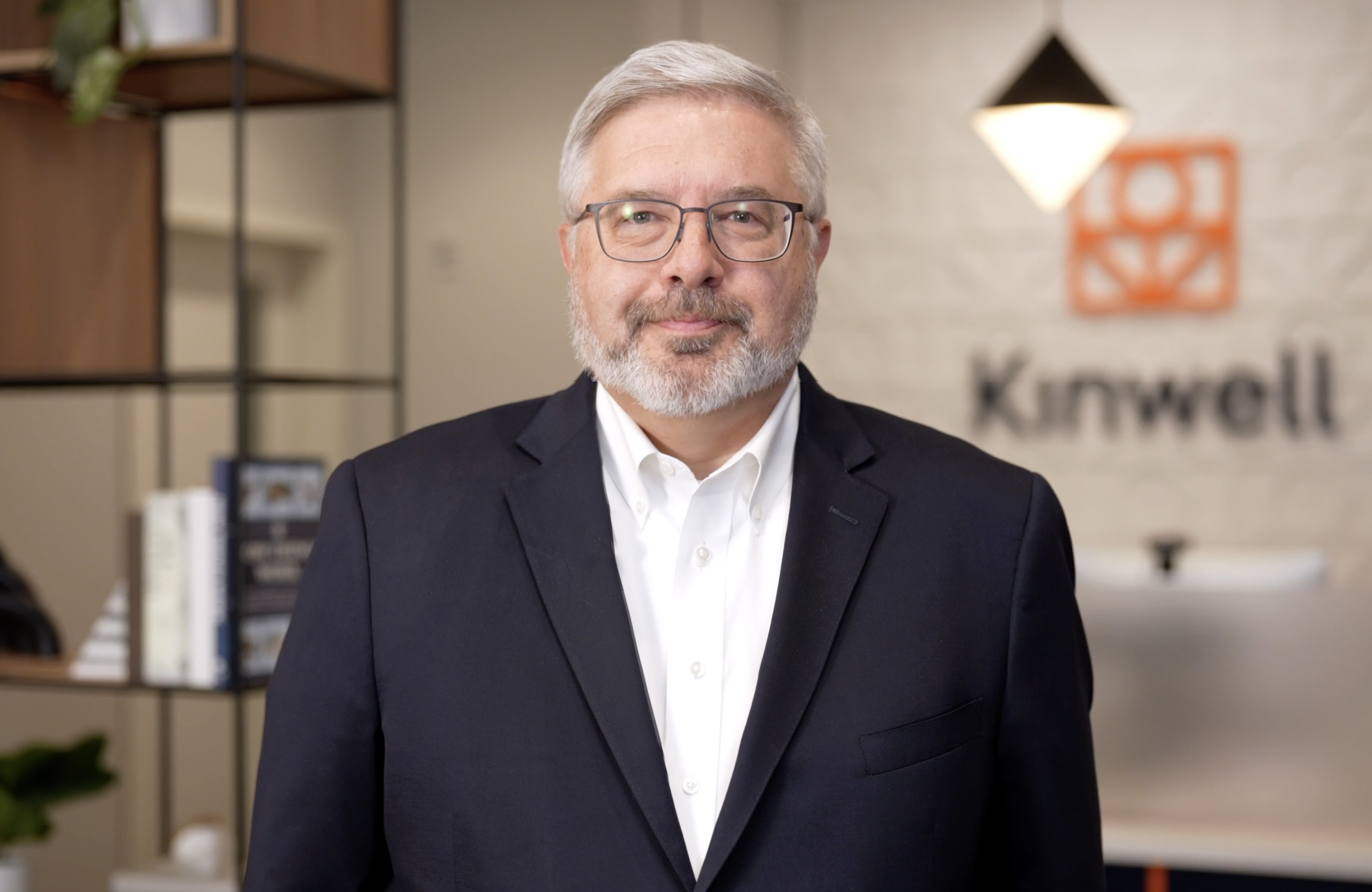 by Dr. Mack Hinson, President of Kinwell Medical Group
by Dr. Mack Hinson, President of Kinwell Medical Group
When I entered medical school, I had two goals: learn to provide the best care possible to my patients and to build lasting, trusting relationships with them. To cultivate those relationships, I was taught trust was everything.But today, that trust is eroding at an alarming rate.According to Gallup’s annual professions ratings, trust in medical doctors has dropped significantly — from 67% in 2021 to just 53% in 2024. This is the largest decline among all professions surveyed. As a longtime physician and healthcare leader, I’ve seen the effects of this decline firsthand. Patients feel unheard, struggle to coordinate care across multiple specialists, and often turn to the internet or social media for answers when their experiences with the healthcare system leave them feeling dismissed.A family medicine colleague recently told me that she is stunned by the number of new patients who are suffering from past traumas from their healthcare experiences. We should be healing, not traumatizing.
This erosion of trust is not just a challenge; it is a crisis that impacts patient outcomes, adherence to treatment, and overall well-being. The question is: How do we fix it?
One of the biggest challenges is the breakdown in continuity of care. Patients, especially those with chronic conditions, often see multiple specialists who don’t communicate with one another, leaving them to navigate conflicting advice, redundant tests, and confusing treatment plans on their own. Health care clinics can address this by acting as the central hub for patient care. They should coordinate referrals, ensure records are shared, and proactively follow up after specialist visits.
Another effective way to rebuild trust is through integrated care, which brings together behavioral health, lifestyle medicine, and preventive care into the primary care setting. By addressing physical, mental, and preventive health needs in one place, it becomes easier for patients to get the care they need without unnecessary referrals or long wait times. This approach ensures patients receive comprehensive, coordinated support when and where they need it most.
Time is also an overlooked factor in building trust. When appointments are rushed, patients leave without the clarity or confidence they need. Clinics that structure their schedules to allow for longer visits, especially with patients managing complex medical histories, see stronger relationships and better outcomes. Even small shifts in scheduling strategy can have a big impact.
Clear and transparent communication is equally essential. When patients turn to social media for medical information, it is often because their doctor didn’t explain their condition or treatment in a way that made sense to them. Our providers are prioritizing simple, jargon-free language, postvisit summaries, and easier access to providers through patient portals. When people understand their care, they are more likely to trust it.
We also have to acknowledge that trust is not distributed evenly across all communities. Many patients, particularly those from marginalized backgrounds, have experienced bias in healthcare that makes them less likely to seek medical care when they need it. Clinicians must understand the lived experience of their patients and reflect the communities they serve. Patients deserve to know that their concerns will be taken seriously, regardless of their race, background, or socioeconomic status.
The decline in trust between doctors and patients is real, and the frustration patients feel is valid. But trust can be rebuilt. It starts with continuity of care, better communication, cultural sensitivity, and a commitment to treating the whole person, not just their symptoms. Our patients must see us as advocates and partners in their health.
Restoring trust will take time, but it starts with listening, learning, and making tangible changes. We owe it to our patients, our communities, and the future of healthcare. This work isn’t limited to one organization. Any clinic, hospital or provider group can start today. The collective impact of these efforts will be reflected not only in patient satisfaction, but in healthier, more confident communities.
This op-ed originally appeared in the Saturday, March 29, 2025 edition of the Spokane Spokesman-Review.


